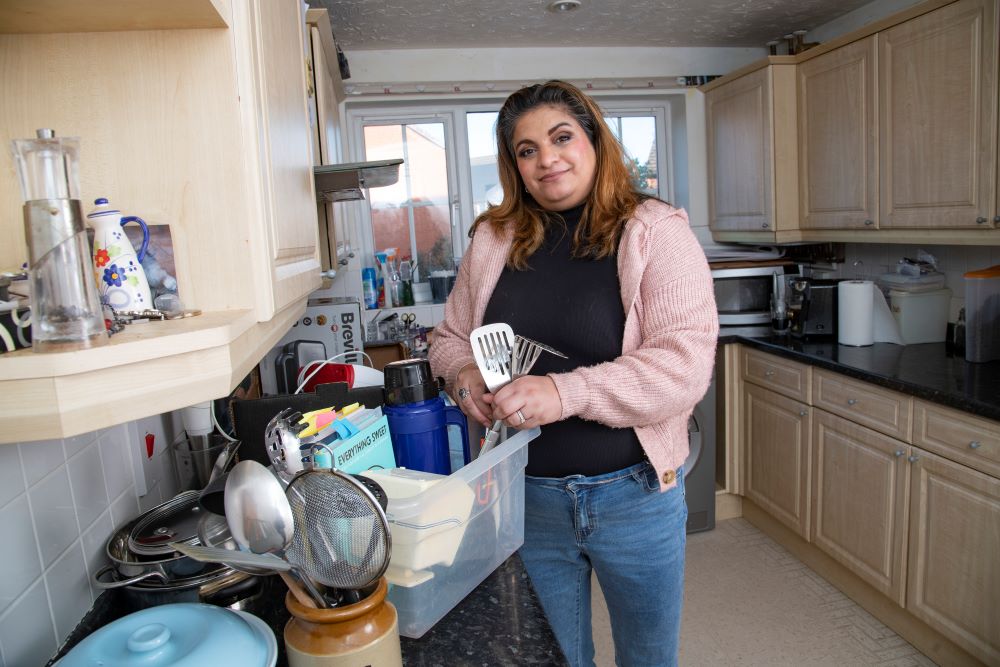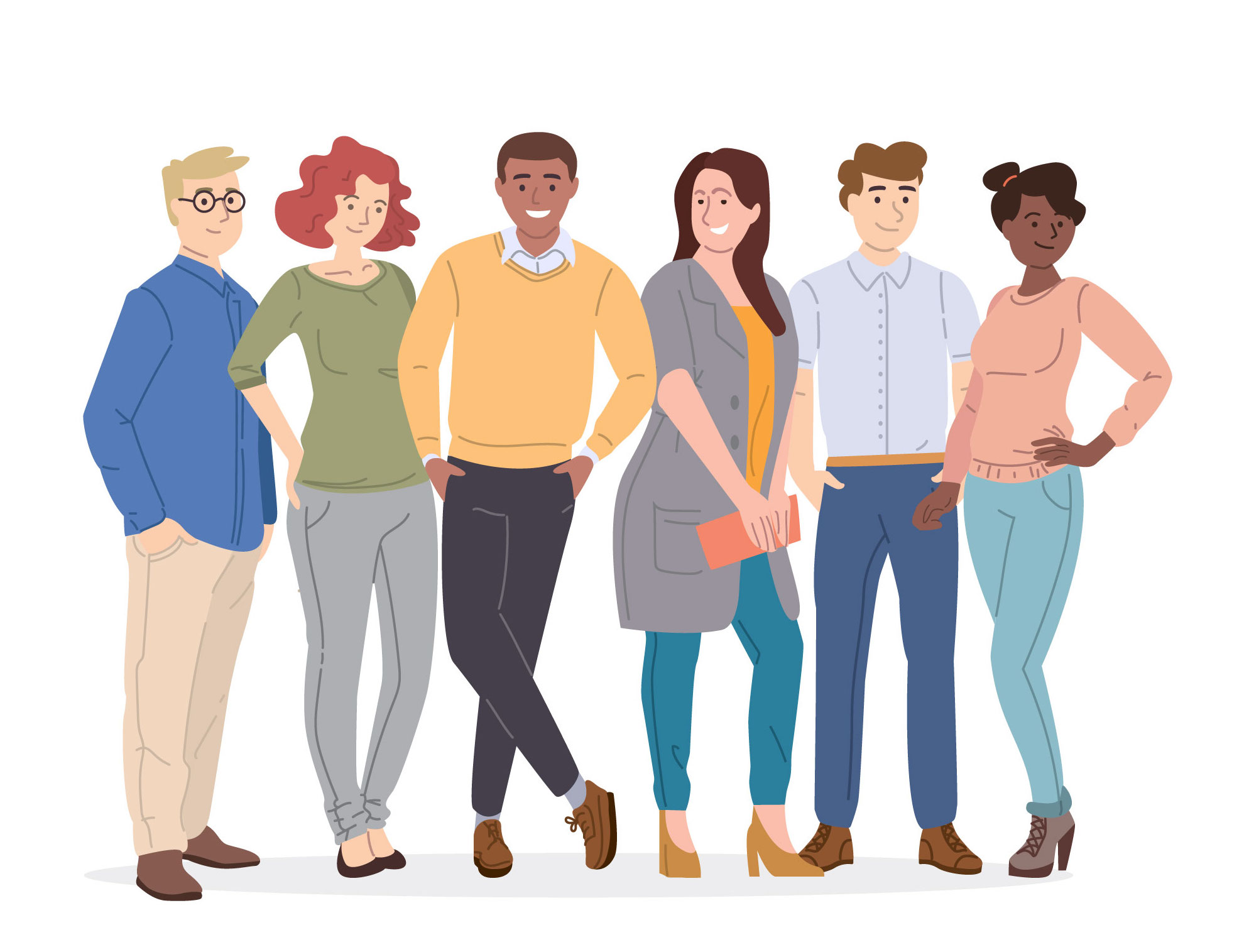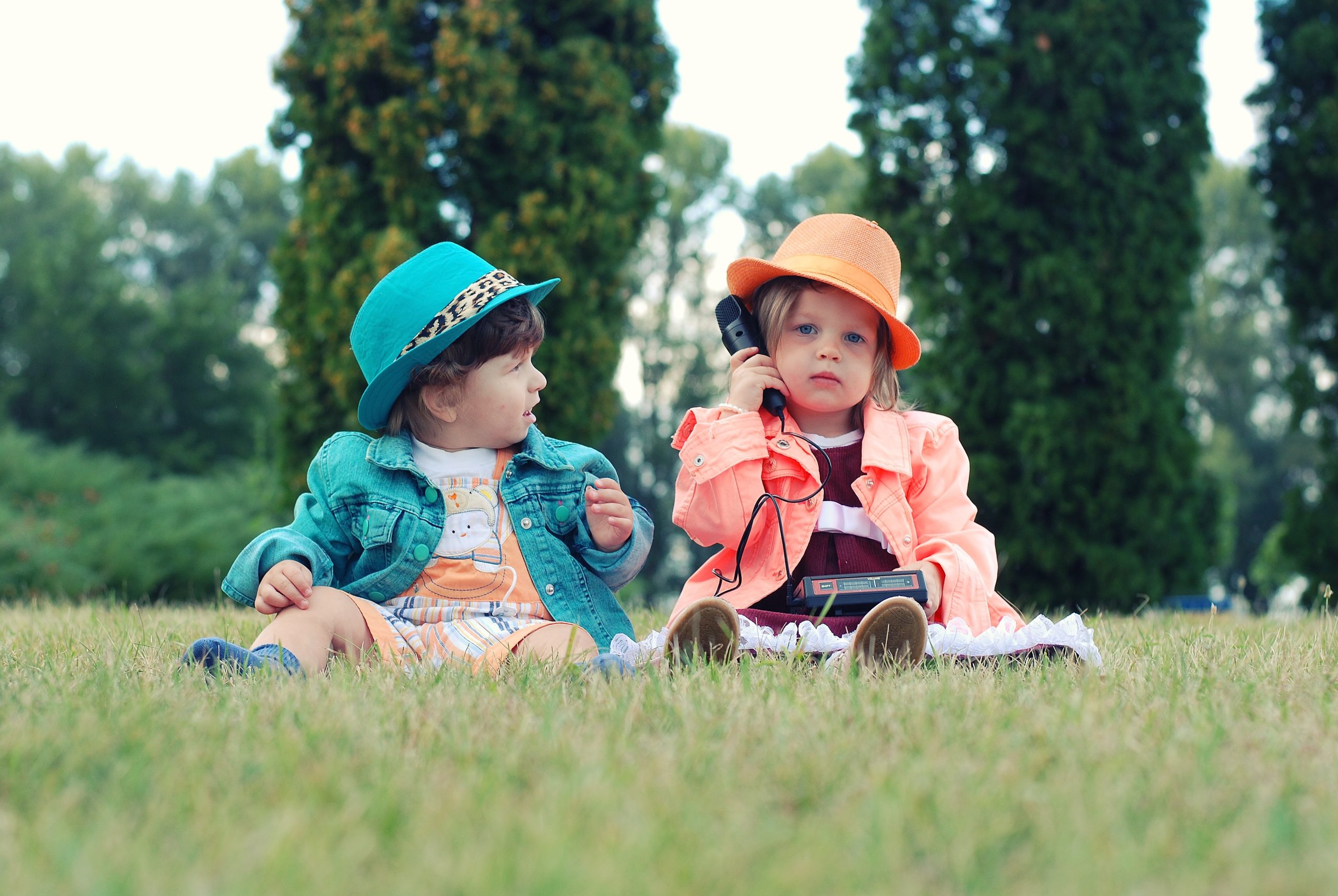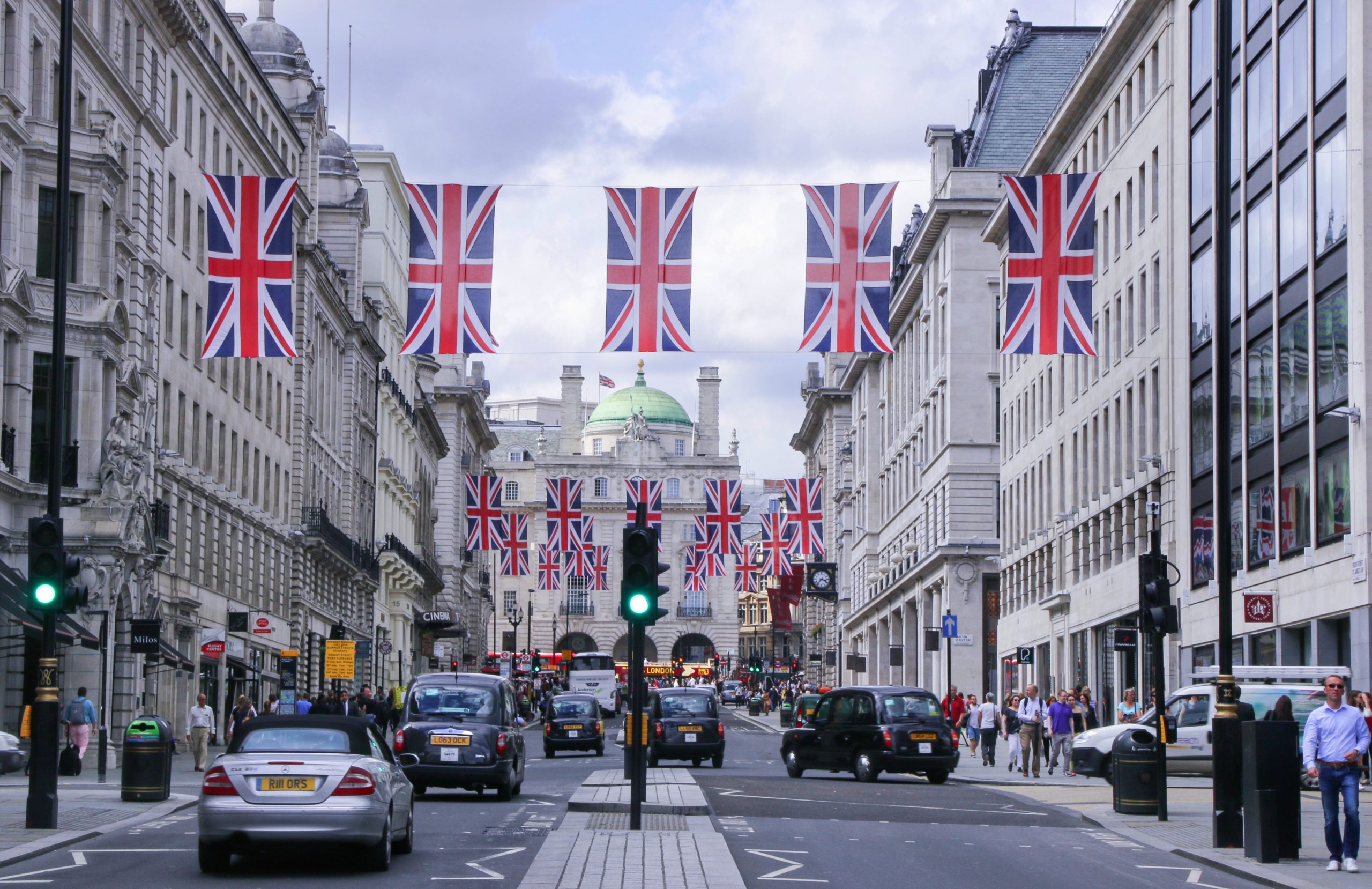A recent study of 2,000 adults has found that 67 percent of individuals admit to having plenty of clutter in their homes but are unwilling to get rid of it in case they might need it in the future. Among the most common unused items cluttering households are books, old clothes, and random cables and cords.
Interestingly, thoughts of decluttering arise approximately three times a week, but 18 percent of respondents simply can’t be bothered to tackle the task. Another 14 percent cited lack of time as the reason for not decluttering.
The research, commissioned by free-sharing app Olio, highlights the struggle to part with possessions, with the oldest unused item in people’s possession averaging more than five years old. Surprisingly, 19 percent of respondents have held onto something for over a decade without utilizing it.
Decluttering expert and KonMari master consultant Sue Spencer, from A Life More Organised, emphasizes that bad clutter habits not only strain our physical spaces but also impact our well-being. She explains that clutter can lead to increased stress levels, anxiety, disorganization, and irritability. Spencer acknowledges that holding onto clutter is a common behavior, driven by the belief that these items may serve a purpose someday.
The study also revealed that 29 percent of respondents feel better after a clear-out, while 30 percent report feeling more organized. Interestingly, 21 percent believe their unused items are in perfectly good condition and could be used by others, prompting them to seek ways to give away these items for free. The act of giving away items to others brings a sense of satisfaction to 25 percent of participants.
Co-founder and CEO of Olio, Tessa Clarke, emphasizes the benefits of decluttering, not only for individuals but also for their communities and the environment. She encourages Brits to combat clutter by sharing unwanted items with others.
The article includes a case study featuring Sunita Thind, a 40-year-old chronic clutterer from Derby, who recently decided to tackle the clutter in her home. After realizing the importance of a calm and organized living space following her battle with ovarian cancer, Sunita used the Olio app to list her unwanted items for others in her community to collect for free. By doing so, she not only achieved a tidy home but also helped her neighbors during the Christmas period.
The top 10 clutter items identified in the study are books, old clothes, old cables and cords, food containers, general trinkets, old gadgets, electronic goods, DIY stuff/tools, kitchen appliances, and old toys. Sue Spencer, the decluttering expert, provides some tips for effective decluttering, such as understanding the purpose behind decluttering, starting small, and organizing items by category rather than room.
Overall, the article sheds light on the prevalence of clutter in households and the potential benefits of decluttering for individuals’ well-being and communities as a whole.






